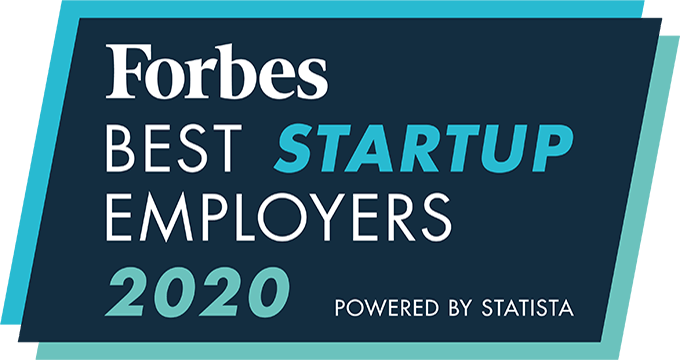Coding roles mean longer time-to-hire, and this only worsens as the seniority increases. An average of 45 to 60 days is spent in finding suitable candidates. However, by establishing a unified, objective assessment plan, you can save time. Using online coding tests, you can create tests in a live environment, you give the agency to your candidate to code in a language of their choosing (or yours) and reduce dependency on hiring managers. Moreover, certain online coding tests can help you understand the approach of your candidates, rather than the problem.
During this discussion, we’ll also cover how our coding offerings have helped organizations find suitable candidates for hard-to-fill positions, create assessments that candidates love, and (of course) save time.
Watch the Replay
5 Key Takeaways
You can’t depend on humans alone for hiring: When it comes to finding and hiring top talent, humans do an arguably bad job and figuring out who ideal candidates are. Unfortunately, we are often biased in our thinking and can’t always help liking/disliking someone due to factors that may not even influence their ability to do their job. Because of this, it’s important to supplement the hiring process with tools that help us objectively evaluate potential candidates.
Coding assessments weren’t “real” enough: When coding assessments first began, they weren’t an accurate tool to judge the capabilities of a candidate. After all, you could test hard coding skills, but you couldn’t watch a candidate relate that issue to a larger structure or give them a problem as it relates to the setup of the actual company. This changed with LogicBox.
Technology-agnostic tests are the future: By removing the reliance on a compiler or specific technology, you’re able to better judge the problem-solving skills and logical capabilities of a candidate. Instead of writing an entire code, have them analyze existing code for gaps and figure out how to overcome it. By focusing the assessment on the candidate’s use of logic instead of the actual code, you’re better able to predict how they’ll react to real-world problems they’ll face on the job.
Different approaches need to be considered: By using a tool like LogicBox for coding assessments, you’re better able to judge all potential answers to a problem set. And, each time a candidate approaches a problem with a new solution, LogicBox learns the approach and it becomes a viable answer to the problem at hand. All candidates may take a slightly different approach, so by being able to recognize all of these as valid, you’re not going to accidentally exclude qualified candidates.
Give everyone the right assessment: Some coders have specific knowledge in one subset, but are not being evaluated in what particular subset. With LogicBox, all candidates are able to answer the problem set with the approach they’re most skilled in. This helps to identify ideal candidates by their own areas of expertise instead of judging how well they can come up with the answer the test wants. After all, you can’t fairly judge a fish and a chimp on their ability to climb a tree, nor can you judge both on their ability to swim. It’s important that everyone gets assessed on their particular skills.
Standout Quote
“In a typical, traditional coding assignment you will not be able to check how good a candidate is with regards to problem-solving capabilities and neurological solving capabilities – the only thing that you’re going to focus on is whether a person is able to write a particular algorithm. You will not focus on whether a person is able to solve a business problem. That’s what we’re giving an organization an opportunity to see.”









